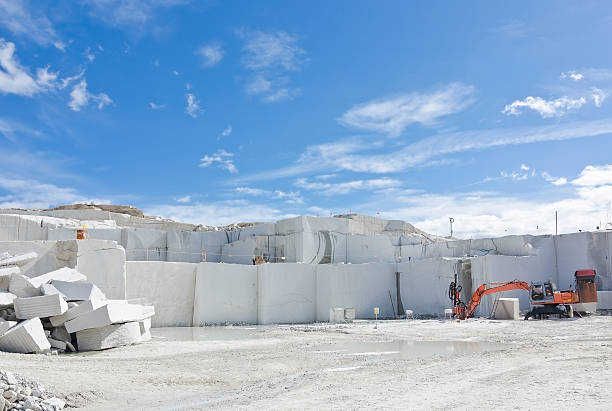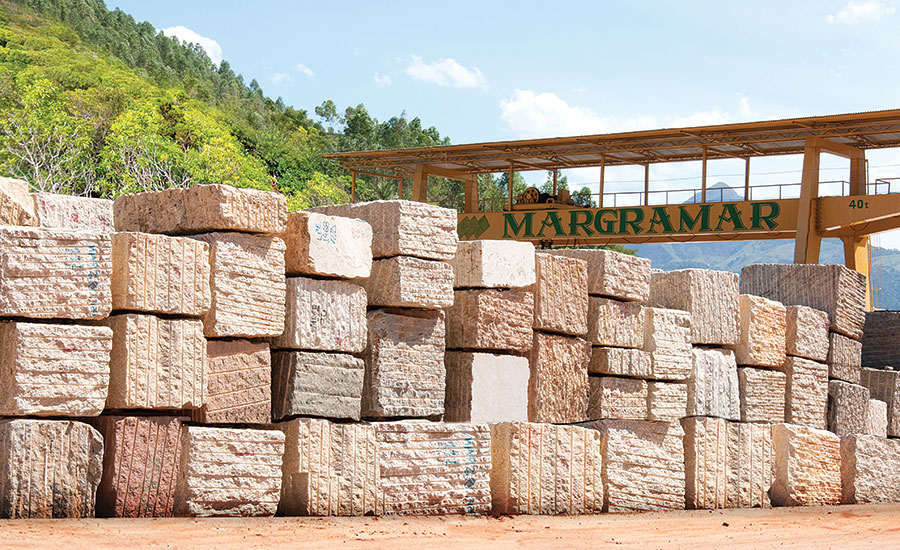Diving into of Granite Quarries in South Africa
Diving into of Granite Quarries in South Africa
Blog Article
Uncovering the Rich Background and Sustainable Practices of Granite Quarrying
As we depend on the precipice of discovering the detailed tapestry of granite quarrying, a trip through time discloses not just the physical act of removing stone however additionally the cultural and historic significance woven right into the extremely textile of this practice. From the ancient beginnings that laid the foundation for modern quarrying methods to the lasting practices that are shaping the future of this market, each carve mark on granite surface areas tells a story waiting to be discovered (granite quarries in south africa). The heritage of granite quarrying stretches far past mere extraction; it is a testament to human resourcefulness, strength, and the enduring attraction of this stunning rock
Old Origins of Granite Quarrying
Dating back to ancient human beings, the method of quarrying granite has actually been an integral part of human history and architectural improvement. The earliest evidence of granite quarrying go back to old Egypt, where massive pyramids and elaborate sculptures were crafted from this long lasting rock. The Egyptians utilized primitive devices to draw out granite blocks from quarries, showcasing the importance of this material in their significant building and constructions.
Moving on in history, the Greeks also made significant payments to the quarrying of granite. The Greeks made use of granite in numerous building marvels, such as temples and sculptures, demonstrating their ability in shaping and carving this sturdy rock. The Romans even more refined the techniques of quarrying granite, employing innovative tools like chisels and hammers to extract and form granite for their legendary frameworks.
Via the centuries, the technique of quarrying granite has actually advanced, with modern-day innovations improving efficiency while keeping the classic allure of this natural stone - granite quarries in south africa. From old human beings to modern builders, the heritage of granite quarrying remains to shape our world
Advancement of Quarrying Strategies
The advancement of quarrying methods has been noted by a constant progression in the direction of greater performance and precision in extracting granite. From the rudimentary methods employed by our forefathers to the advanced technologies made use of in contemporary quarrying operations, the industry has actually undergone substantial improvements. Early quarrying techniques entailed manual work with fundamental devices such as blades, hammers, and wedges to extract granite blocks from the planet. As civilizations progressed, methods like fire-setting and primitive explosives were presented to facilitate the removal process.
In even more recent times, the advent of machinery changed the quarrying industry, allowing much faster extraction rates and boosted productivity. Technologies such as diamond cable saws, high-pressure water jets, and pneumatically-driven drills have come to be basic in modern quarries, allowing for accurate cutting and decreased waste. Improvements in computer-controlled tools and 3D modeling have actually optimized quarrying operations, leading to minimal environmental effect and enhanced sustainability techniques. As the need for granite proceeds to climb, the evolution of quarrying strategies remains essential to meeting market needs effectively and sustainably.
Cultural Relevance of Granite
Granite holds a profound social value throughout different worlds due important source to its enduring presence in building work of arts and admired monuments. From the stunning pyramids of Egypt to the detailed makings of the Angkor Wat temple in Cambodia, granite has been a product of selection for revealing grandeur and longevity in social heritage. In old Rome, granite columns embellished temples and public buildings, representing toughness and durability. The cultural importance of granite expands past its physical attributes; it symbolizes strength, security, and eternity, making it a symbol of withstanding traditions and traditions.

Sustainable Practices in Quarrying
Among the abundant background of granite quarrying and its cultural value exists a growing focus on sustainable practices within the market. As ecological recognition and issues concerning source exhaustion have actually enhanced internationally, the quarrying industry has actually increasingly welcomed sustainable methods to lessen its influence on the setting and surrounding areas.

In addition, recovery and recovery of quarry websites post-extraction are important to lasting techniques. By recovering quarried locations to an all-natural or helpful state, such as producing wildlife habitats or leisure spaces, quarriers can offset the environmental impact of their procedures and contribute favorably to the local community.
Tradition of Granite Quarrying
With a historical backdrop soaked in workmanship and commercial development, what enduring influence has granite quarrying left on the landscape of helpful resources modern-day society? The heritage of granite quarrying transcends plain removal methods; it has formed building marvels, city landscapes, and cultural heritage worldwide. The durable nature of granite has made it a preferred choice for monoliths, buildings, and infrastructure, standing as a testimony to the skill and artistry of quarry employees across generations.
Moreover, the financial footprint of granite quarrying can not be overlooked. The sector proceeds to offer job opportunity and drive local economic situations in areas where granite removal prevails. It has actually also stimulated technological advancements in quarrying techniques and tools, causing my response more reliable and sustainable methods.
In terms of sustainability, the heritage of granite quarrying includes efforts to minimize environmental impacts with recovery projects and accountable source monitoring. By balancing economic rate of interests with environmental stewardship, the sector aims to ensure that future generations can remain to profit from this long-lasting natural deposit.
Conclusion

Report this page